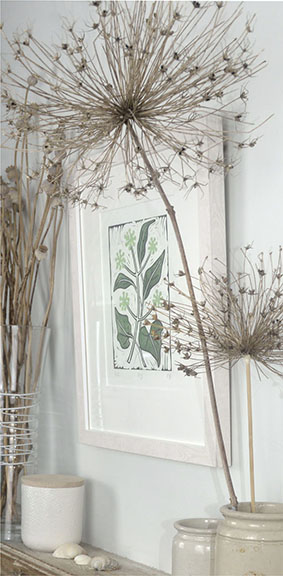
Picture framing can seem like a dark art to the uninitiated. There is a mind-boggling array of options from the glazing (glass or acrylic, non-reflective, UV resistant?) to the moulding (hand-made, factory made, wood, composite, plastic?) and the price will vary with the same mind-boggling range and variety. How do you know what you are really paying for?
I was equally bamboozled and unfortunately wasted much money and time on disappointing products until I discovered my now favourite supplier for picture frames – Brampton Framing – who I have been using for several years since. They are a family-run business with Fine Art Trade Guild certified picture framers employed to make up the frames.
Working with their products has taught me to really appreciate the beauty of a well made frame. There are faultless corner joins, quality card mounts and reassuringly solid materials. It actually makes the tedious job of framing up my prints more of a joy!
I frame all of my prints myself for reasons of convenience. I can frame up works as and when required rather than having a lot of stock getting dusty between exhibitions. I’ve learnt a few trade secrets along the way.
For example, it’s a little known fact that a work on paper is “hung” inside the frame using just one strip of acid-free tape at the top of the cardboard mount on the inside. Paper expands and contracts with moisture so if an artwork is taped on all sides then it will warp and bulge.
After setting the print I tape all sides of the back of the frame to seal it and add an information sticker. Then D-rings are screwed into the frame and picture cord strung between them. This is a much more secure way of hanging a frame than using the clips or hooks which often come with shop-bought frames.


I am grateful that companies like Brampton Framing who produce fine quality hand-made products still exist. Craftsmanship is too often under-valued in the modern world and I think that is something all artists can sympathise with.
I was also pleased to read that the picture framers I use source their products and services locally whenever possible and promote energy and paper conservation in their workplace. They purchase their moulding and mountboard from companies who try to only use timber that meets sustainable forestry policies. It’s a step in the right direction at least, and gives me more peace of mind when using their products.
I hope my blog helps to throw some light on the dark art of picture framing, and starts you thinking a bit more about framing too.